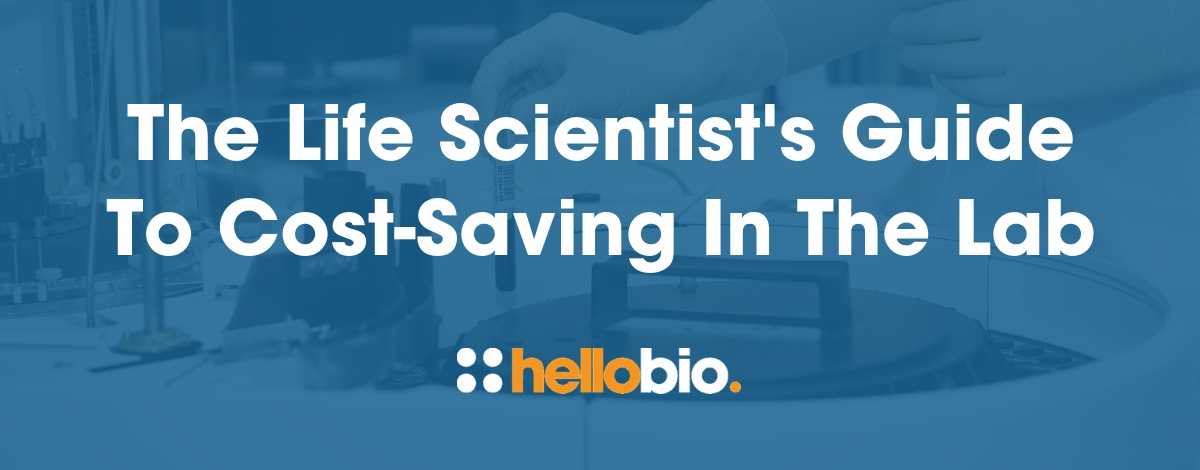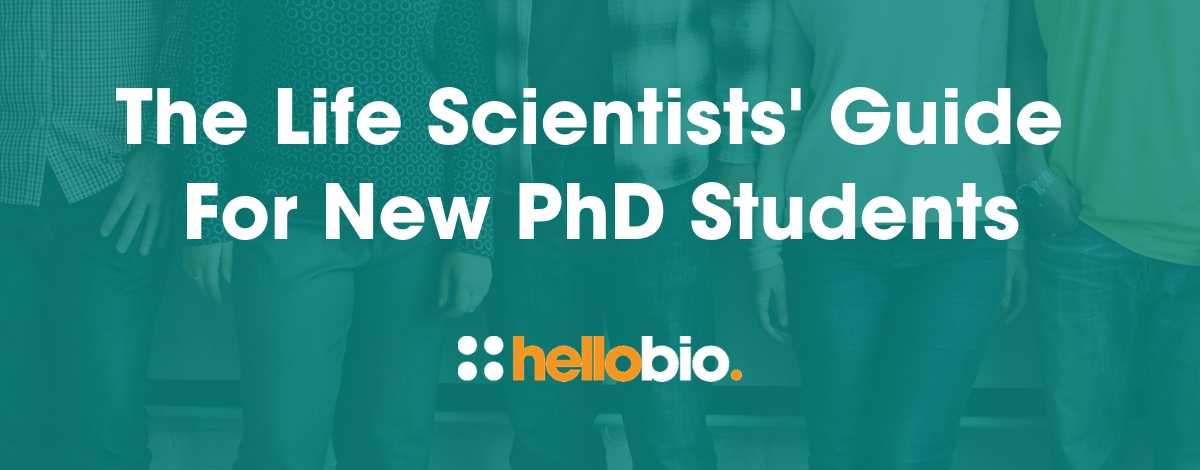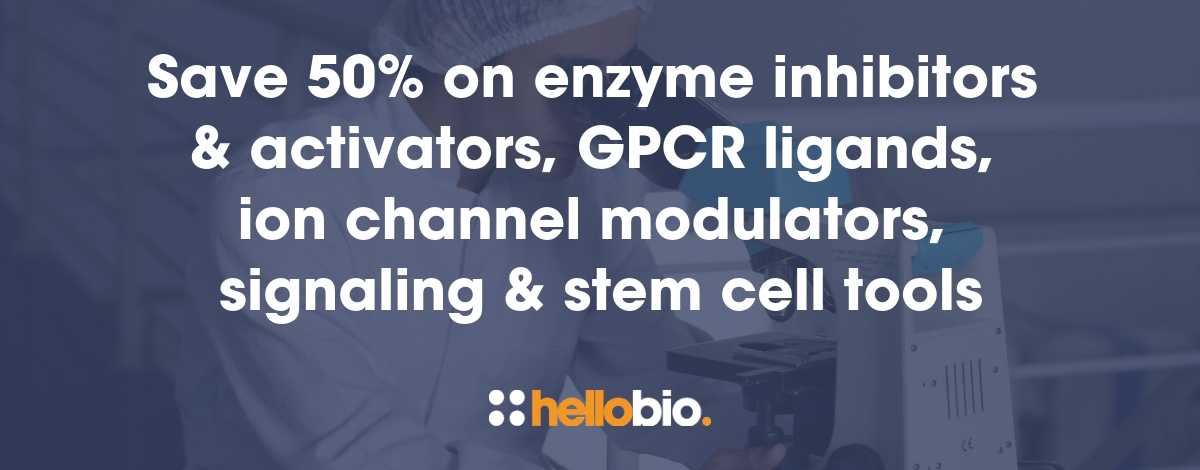Improving public understanding of science
Scientific research is continually expanding the horizon of human understanding and imagination. Earlier this year, scientists partially revived dead pigs' brains [1], and captured the first ever image of a black hole from a distance of 500 million trillion kilometres away [2]. Such breakthroughs are unlocking the mysteries of the universe whilst simultaneously giving us new problems to solve. Science has a huge impact on our lives and the world around us, but can often be misunderstood by the general public. Examples of public misunderstanding can be seen in the debate around climate change, and the growth of the anti-vax movement.
Although the consensus that humans are causing climate change is shared by 90%-100% of publishing climate scientists [3], this has not been effectively communicated to the public. According to a survey of 4000 members of the public, only a third of people in the UK, France, and Norway believe there is strong scientific consensus on climate change – whilst in Germany this is merely a quarter [4].
Meanwhile, the World Health Organisation (WHO) lists vaccine hesitancy as one of the top ten threats to global health in 2019 [5]. In England, for instance, coverage of the measles, mumps, and rubella (MMR) vaccine for two-years-old is now at the lowest level in eight years [6]. It is hardly surprising, therefore, that in the first three months of this year, there was a 300% increase in cases of measles globally compared to the same period last year [7].
Whether it is in relation to climate change or vaccines, alternative medicines or astrology, why do some of the public misunderstand science and what can be done to address this? We suggest the explanation can be broken down into three parts: public knowledge, the scientists, and the ways in which information is communicated between them - such as journalism and the internet.
Public knowledge
A lack of scientific education can partially explain this misunderstanding. A basic scientific education is compulsory in countries such as the UK – yet some children leave school without the ability to distinguish between science and pseudoscience. This should surely be the most elementary measure of scientific understanding. Perhaps prioritising the study of the scientific process and its principles rather than memorising facts would lead to greater intellectual rigour. It might also help combat the spread of fake news by encouraging people to question the validity of articles, and to cross-check them with other sources before sharing them. Communicating scientific research with nuance is far easier when the public understands the scientific process.
Are scientists to blame?
In contrast, the problem could be scientists’ inability to communicate their research. A quote often attributed to Albert Einstein is: “If you can't explain it to a six-year-old, you don't understand it yourself.” Scientists could improve the way they explain their research – particularly by simplifying scientific jargon that often creates a barrier between scientists and the public. There are some notable examples of scientists who have tried to use simple metaphors to communicate complex concepts.
In 1993, the UK Science Minister offered a bottle of vintage champagne to anyone who could send him a succinct description of the Higgs boson that was understandable to the layperson. UCL’s Professor David Miller won this by coming up with the analogy of Margaret Thatcher at a cocktail party [8]. Famously, Nobel Prize-winning physicist Erwin Schrödinger devised the thought experiment of a cat in a box that is simultaneously both alive and dead in order to describe quantum superposition [9].
But do such simple explanations devalue the work of scientists? And, by their simplicity, do they ultimately conceal as much as they explain? As specialists in their fields, many scientists would argue the responsibility to communicate their research to the public in simple terms doesn’t lie with them. After all, isn’t that the role of journalism?
Journalists and advertisers causing confusion
Poor journalism about science may be a key factor in this problem. Journalism should help bridge this divide between the public and scientists but sometimes splits the chasm wider. News stories reporting on health and medicine research are notorious for using the findings from a small group of studies (or even from a single study) to extrapolate and make unsubstantiated claims [10]. Often these scientific studies are based on very small datasets, and these numbers may be excluded from news articles looking for sensational stories.
This type of reporting can result in contradictory claims. For example, some medical studies have found that foods such as milk, eggs, and wine cause cancer, whilst other studies have found they protect against cancer – as illustrated in the diagram below [11]. Reporting on each of these studies in isolation without reference to the scientific research process creates the impression that science is not rigorous, and ultimately leads to public confusion and mistrust.

Findings from medical studies on whether selected foods cause or protect against cancer. Source: Vox.com, using data from Schoenfeld and Ioannidis (2018) [11]
Scientific research can also be misrepresented in news articles by reporting research that has shown an effect in animal models of disease as having the same effect in humans. This is humorously demonstrated by the Twitter account @justsaysinmice. The account regularly tweets misleading news article headlines that sensationalise new scientific research by failing to mention the results were from preliminary research in mice [12]. This Twitter account conveys how important it is to report scientific research accurately, especially when it concerns health and medicine.
Alongside misleading journalism, advertising can also be a barrier to effective science communication. Where science is a continual quest for knowledge, advertising claims to have the answers – such as a new pill or product. Advertisers know that it helps to sell products if it sounds like there is a scientific basis to their claims, so they often masquerade as science by adopting its language, or by getting ‘support’ from scientists themselves. A good example of this can be seen in advertising campaigns for tobacco in the early twentieth century.
In the 1930s and 1940s, smoking was the norm for men and women in the US – but there was a rising concern about the health impact of cigarettes. In response, tobacco companies worked with advertisers to suggest that the health problem wasn’t caused by smoking itself, but rather it was down to consumers’ choice of cigarettes. The RJ Reynolds Tobacco Company, who produced Camel cigarettes, used the slogan ‘More doctors smoke Camels than any other cigarette’. This statement was apparently based on research by ‘three leading independent research organizations’ but it was not true. It was actually developed as a marketing campaign by RJ Reynolds’ advertising agency. In addition, most doctors were surveyed immediately after being gifted complimentary cartons of Camel cigarettes [13]. Similar tactics of complimentary cartons were used by American Tobacco to claim that ‘20,679 Physicians say ‘Luckies are less irritating’’ to the throat [14]
This type of marketing is not a thing of the past. Coca-Cola have recently been accused of funding research that is directed towards physical activity and disregards the role of diet in obesity [15]. Last month, researchers reviewed over 87,000 pages of Coca-Cola research agreements released through Freedom of Information requests. They found that provisions in the documents gave Coca-Cola the right to review research in advance of publication as well as having control over study data, disclosure of results, and acknowledgement of Coca-Cola funding [16]. These activities can lead to biased studies and make it difficult for the public to understand or trust scientific research because it can result in contradictory claims (in this instance about the role of diet versus exercise in obesity) [17].
The role of the internet
We live in a golden age of information; the internet has made enormous steps in democratising knowledge, and has somewhat bridged the gap between scientists and the public. Websites such as Wikipedia, Project Gutenberg, LibriVox, and Khan Academy provide free resources to help those who are curious to learn. But the internet has also enabled people with anti-scientific ideas to become increasingly connected and vocal [18]. Positive reinforcement in small circles helps them to ignore reality and compound their prejudices. Flat-earthers and anti-vaxxers have managed to coalesce into communities with the help of social media. Increasingly, people get their news from sources that compound their prejudices, and it is hard for many people to make the distinction between reputable sources and unscientific blogs.
The UK's Health and Social Care Secretary, Matt Hancock, has recently been considering legislation to force social media companies to remove content promoting false information about vaccines [19]. But censoring won't win over the hearts and minds of people who don't understand science. It’s likely that this would have the opposite effect and cause those who are already sceptical to become more suspicious.
What are the potential solutions to this problem?
Despite the many reasons the public misunderstand science, there is reason to be optimistic about improving this. Scientists from a range of disciplines are now being offered communication programmes to help disseminate their research more clearly. For example, the Association for Research in Vision and Ophthalmology (ARVO) – the largest organisation for scientists and clinicians in eye and vision research – offers a programme for their early career researchers to become more effective communicators to a range of audiences [20]. Similarly, UWE Bristol also offers various courses and masterclasses to enhance science communication [21]. With an increasing number of such courses becoming available, these will provide a ‘win-win’ scenario: scientists can communicate their hard work and findings to a wider audience, and the general public can become better educated about scientific progress.
Hiring science graduates at media outlets to report on scientific stories is a relatively simple process that could significantly improve the quality of reporting on new research. It would allow students fresh out of university put their scientific knowledge into practice whilst giving them the experience of relaying research to a large number of people using different communication methods, be it confined to a 280-character tweet or a long-read article.
Perhaps the most difficult problems to tackle are misleading advertising and the spread of false information online. In an ideal world, all research would be transparent about the sources of funding and potential conflicts of interest. But as long as companies and industries can fund research that benefits them, it will be hard to change this. Whilst it may be tempting to simply remove fake news about science from social media and blogs, censorship can be a slippery slope and may ultimately compound anti-scientific beliefs. To tackle these problems, and to improve public understanding of science more generally, the best method is through education.
Elementary formal science education should be more focused on learning about the scientific method and principles. The popular internet meme ‘mitochondria is the powerhouse of the cell’ is supposed to illustrate the sort of impractical knowledge students are taught at school. If years after leaving school students only remember phrases like this, their science education is probably of little value to them. Instead, if students learned early on how to critically evaluate scientific evidence to reach conclusions, this would be a transferable skill that would help in all areas of life.
Scientific education shouldn’t need to stop at school – there are many ways that this information can be communicated to people who might not ordinarily engage with science. Podcasts, for example, are becoming increasingly popular among a wide range of audiences and can convey a substantial amount of easily digestible information. As such, they are a good place to start a better conversation about scientific topics and their relevance in people’s lives.
The podcast Stuff You Should Know is an example of how this can be done well. It discusses everyday topics in an amusing way, leaving the listener entertained and more knowledgeable. This podcast is continuously ranked in the top 10 on iTunes and is downloaded millions of times a month [22] – so how do they get it right, and could scientific podcasts take some inspiration from them?
Being offered on platforms such as Spotify and Apple Music, podcasts have the ability to reach a diverse audience, which scientific research would benefit from. The challenge lies with making them easily understood, entertaining, and drawing people to listen who don’t have a background in science. It’s important to show people who didn’t like science at school, or think they don’t understand it, that it still has an impact on their everyday life – and that they can begin learning more about it in a simple and relevant way.
Scientific research is a continual quest to push forward the frontiers of knowledge. As well as answering a myriad of questions, it also has significant implications for humans and the world around us. It is therefore imperative that findings and research methods can be understood by anyone. This article has outlined why some of the public misunderstands science, and what can be done to improve it. From focussing teaching in schools to enhancing communication skills between scientists and the public, with the right strategies we can help foster better public understanding of science and make science a standard topic of conversation.
______________________
Mann Virdee is a PhD student at the University of Birmingham and has a background in Natural Science, Ella Courtie is a Lab Technician at the University of Birmingham and has a background in Biomedical Sciences.
You can connect with Mann on Twitter at @MannVirdee, and on LinkedIn at: https://www.linkedin.com/in/mann-virdee/
You can connect with Ella on Twitter at @EllaCourtie, and on LinkedIn at https://www.linkedin.com/in/ella-c-57251786/
____________________
If you enjoyed reading this article, why not check out the other resources available on our blog. As well as trying to improve science communication, we're passionate about supporting early career life scientists and PhD students - with affordable reagents and biochemicals, travel grants, and resources to help with both personal and professional development. We know how tough it is - so we hope you find these helpful!
Advice & guidance for life scientists
Click below to view our of essential guides and articles includes to support life scientists, PhD students & early career life scientists:
Wellbeing for scientists
Click below for our resources to help improve your wellbeing:
Travel grants
Every month we give away $500 to PhD students and Postdocs so that they can attend a scientific conference - click below to find out more:
Technical resources
Try our Molarity Calculator: a quick and easy way to calculate the mass, volume or concentration required for making a solution.
Try our Dilution Calculator: an easy way to work out how to dilute stock solutions of known concentrations
Click below to see our Mini-reviews, Pathway Posters & Product Guides: a set of technical resources to answer your questions on a wide range of topics and to help you get started quickly.
And - when you get to the stage of planning your experiments, don't forget that we offer a range of agonists, antagonists, inhibitors, activators, antibodies and fluorescent tools at up to half the price of other suppliers - click below to see how we compare with other suppliers:





















